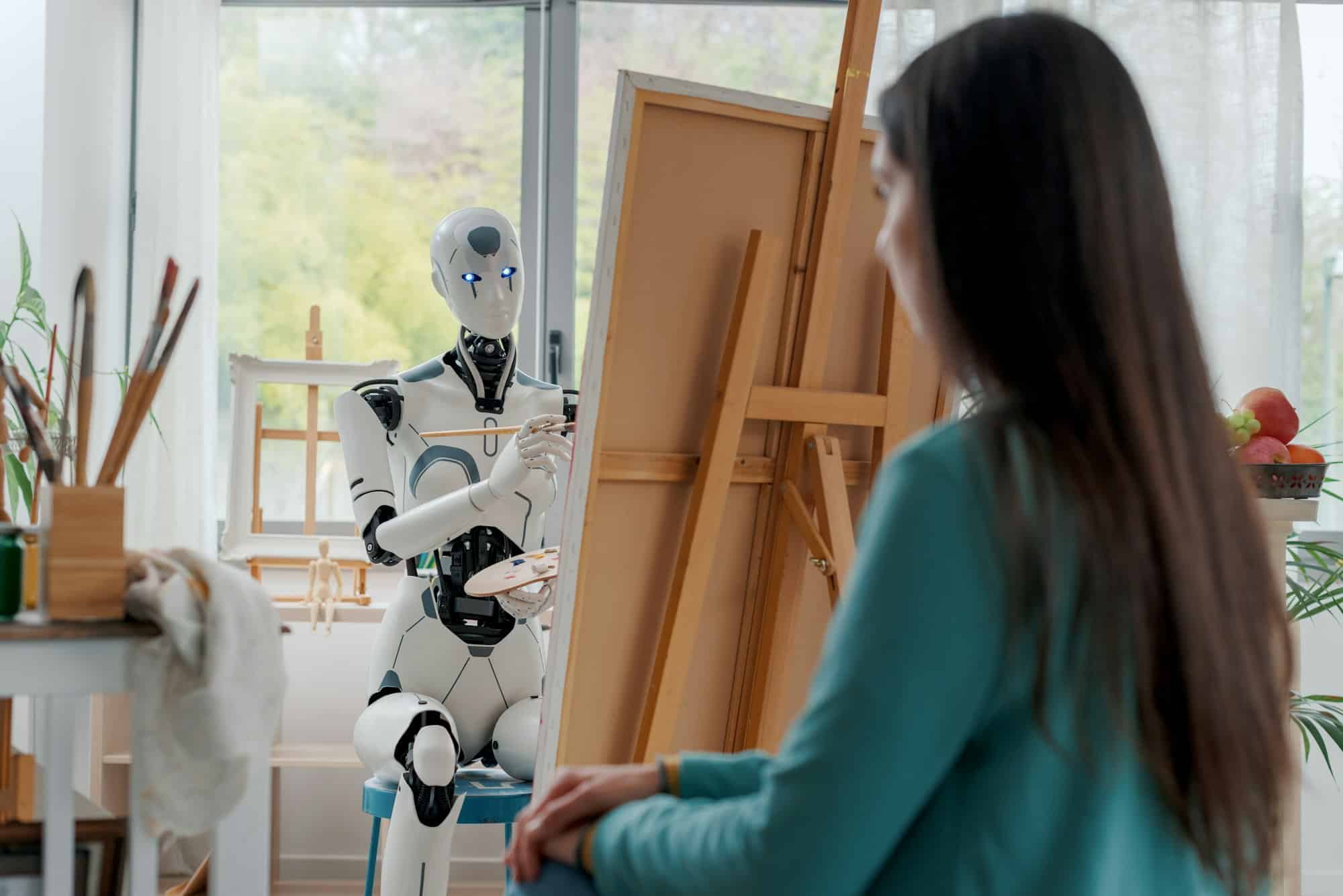How is AI revolutionizing the world of communication?

The appearance of artificial intelligence is a real boon today for most professions. These tools offer numerous possibilities to professionals, which guarantees incredible facilities. In the communications sector, for example, the use of AI makes it possible to automate certain tasks, which offers real time savings. Would you like to learn more? Please read this article to discover the many possibilities offered by AI to professionals in the communication sector.
AI image generation for communication
In the world of communication, it is often said that content is king. But we can also say that image is king. To generate visitors, content published online must be as attractive as possible. However, this cannot be done without quality images. This is where AI can be of great help to content creators.
Lire également : How does the return on investment work with bots ?
Many artificial intelligences are designed to generate original images from textual descriptions or simple keywords. You can visit this platform for more information. These tools are in fact trained on a visual and written dataset. It is these that allow the tool to create illustrations, realistic photos, and even unique works of art. As for users, all they need to do is provide text descriptions of the type of image they want to create. By considering this information, artificial intelligence can generate content that is closest to user expectations.
AI to generate texts in journalism
In the field of communication, one of the first sectors to benefit the most from the benefits of AI is the journalist. With the appearance of these tools, professionals in this sector benefit from more flexibility in carrying out certain tasks. These tools can in fact be used for the creation of various types of content, including:
Avez-vous vu cela : How is technology improving accessibility for people with disabilities?
- Press articles;
- Summaries of current events;
- Interviews, etc.
They actually use machine learning to analyze textual data and generate original, journalistic-quality content. They produce unique and well-structured texts that can convey a clear and concise message to listeners. But apart from that, these tools can also be used to reformulate or correct errors hidden in certain content. They are therefore a companion of choice for all professionals in the world of journalism.
Artificial intelligence to generate videos
AI makes it possible to create communication videos in an automated manner. On certain platforms, templates associated with speech synthesis and animation algorithms are available. These tools can thus produce explanatory videos, interviews, presentations, and even advertisements.
Some tools also allow you to produce audio that can be used for voiceover. With this voice synthesis, the videos appear as original. This content can be used in the context of simple communications. But they can also be used by companies that wish to advertise their products and boost their sales.
Generally speaking, the arrival of AI in the world of communication leaves room for a multitude of changes. It offers communicators new possibilities and revolutionizes the way they work. These tools offer many facilities, which guarantees time savings and efficiency. However, it is important to be aware of the limitations and challenges of AI to use it responsibly and ethically.
The limits of artificial intelligence in the world of communication
It is true that artificial intelligence is revolutionizing the world of communication. But, this is an innovative field, which is evolving and its impact on communication will only grow in the years to come. However, the use of the tool faces many challenges and inadequacies. The problem that arises mainly relates to ethical and legal questions, particularly concerning intellectual property, the dissemination of false information, and the manipulation of opinions.
It often happens that these tools lack creativity, especially since they are trained on a limited set of data. In these circumstances, AI often produces duplicate content. Also, biases can arise in the final rendering, especially if the textual descriptions are poorly formulated. To avoid all of this, you must use artificial intelligence in a controlled manner, while ensuring that you fill out your descriptions correctly.
